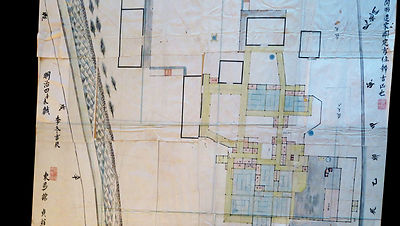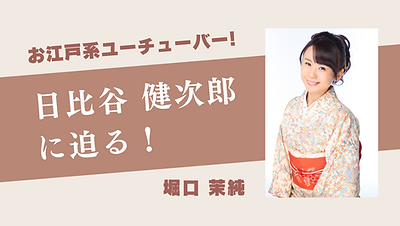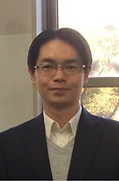The Hokushin Itto-ryū swordsmanship, which Hibiya Kenjirō studied, was initiated by Chiba Shūsaku at the end of the samurai era and eventually became famous as the highest brand of swordsmanship, leading to the birth of modern kendō (bamboo swordsmanship).
Chiba Shūsaku was a strong and clever man who revolutionized the pedagogy of traditional swordsmanship in a way that anyone could develop Hokushin Ittō-ryū swordsmanship.
Consequently, the total number of Hokushin Ittō-ryū students reached over 10,000, and there were disciple dōjō gyms spread throughout the country where over 30 samurai clans studied swordsmanship.
As a student of Shūsaku, Hibiya Kenjirō was introduced to Hokushin Ittō-ryū at the age of 16 and was granted a menkyo-kaiden (full proficiency certificate) at the age of 20.
This is the second greatest achievement in this swordmanship after the genius Kaiho Hohei who received his menkyo-kaiden at the age of 19.
Hibiya Kenjirō opened a dōjō gym of Hokushin Itto-ryū in Adachi in Musashi Province where he taught many students. Kenjirō also served the shogunate and dealt with many issues during the Meiji era.
Shiina Kazue Naritane, Hokushin Ittō-ryū swordsmanship master






















